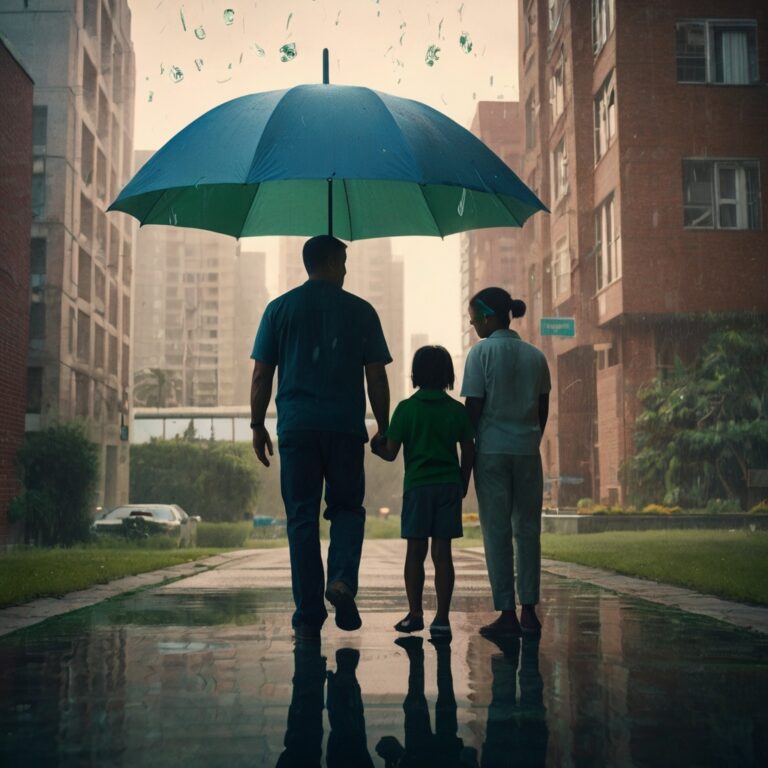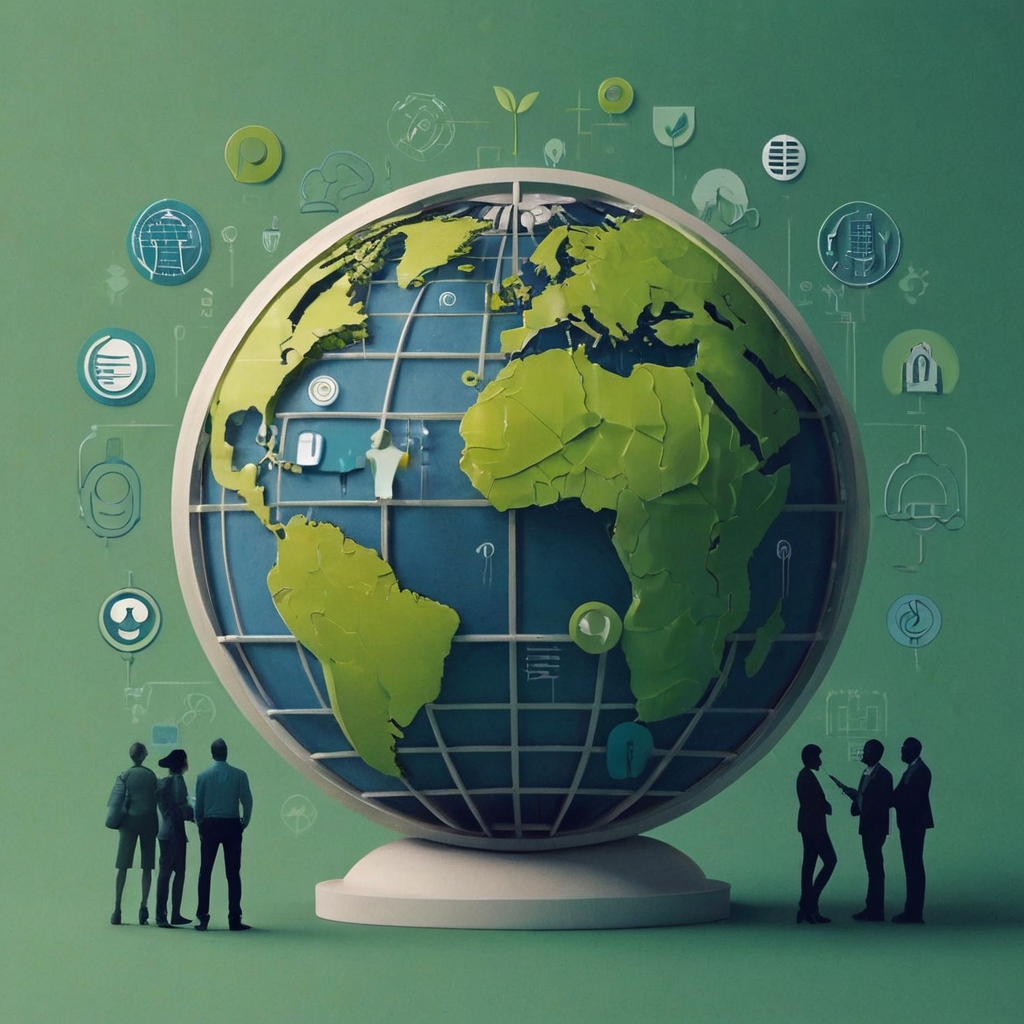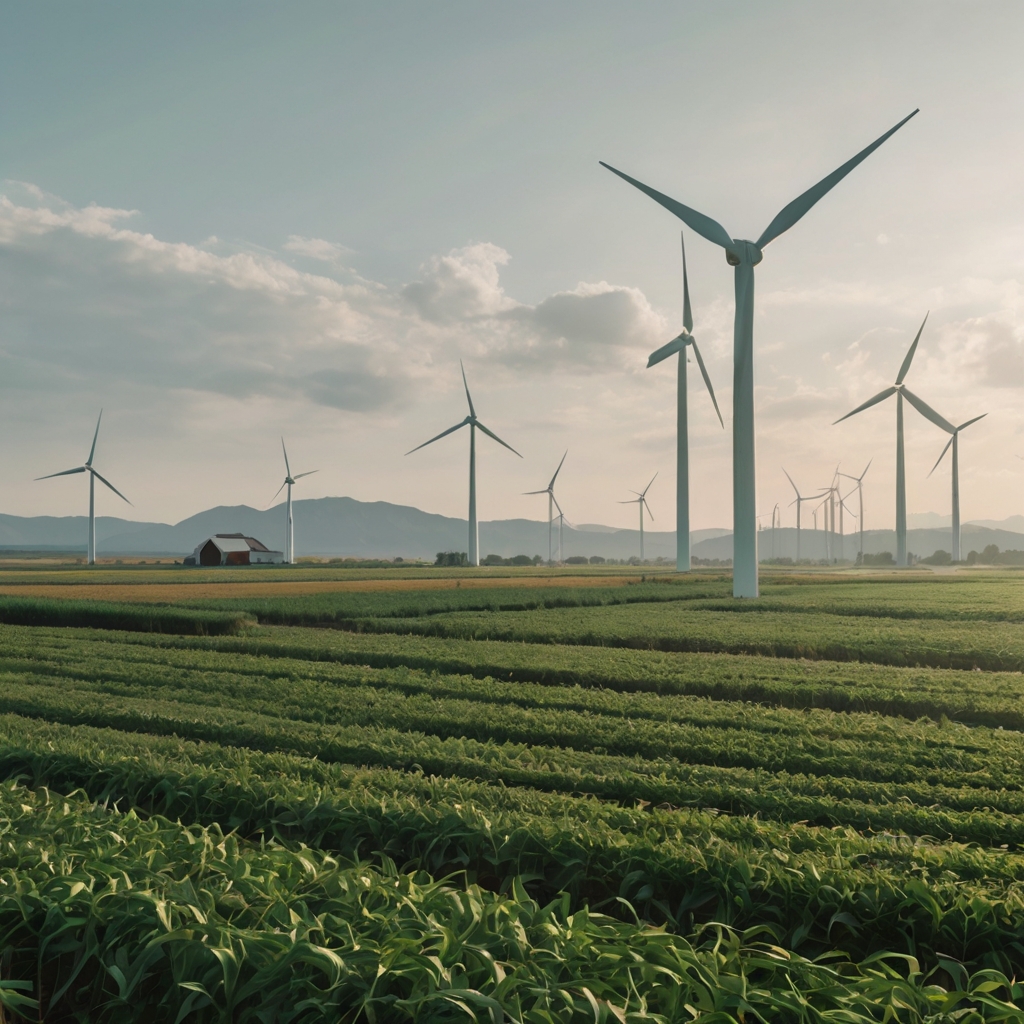Why is Deforestation Bad – A Closer Look at Our Planet’s Vanishing Forests
Forests are often called the “lungs of the Earth,” producing oxygen, absorbing carbon dioxide, and supporting millions of species. But deforestation — the large-scale clearing of forests — is causing devastating harm to the environment and humanity. Why is deforestation bad? Because it’s not just about losing trees. It’s about climate change, wildlife extinction, soil erosion, and the destruction of ecosystems that sustain life. Understanding the impact of deforestation is the first step toward finding lasting solutions to protect our natural world.
The Meaning of Deforestation
Deforestation is the process of clearing or thinning forests to make way for agriculture, logging, urbanization, or other human activities. While some forest management is necessary, the scale and speed at which trees are being cut down today is alarming. According to global environmental reports, the world loses millions of hectares of forest every year, reducing biodiversity and releasing massive amounts of carbon dioxide into the atmosphere.
Causes of Deforestation
Deforestation is fueled by both economic and social factors, often linked to human demand for resources and land.
-
Agricultural expansion – The largest driver of deforestation, as forests are cleared to grow crops or raise livestock.
-
Logging – Trees are cut for timber, paper, and other wood-based products.
-
Urban development – Expanding cities and infrastructure projects eat away at forest land.
-
Mining – Extraction of minerals often involves large-scale land clearing.
These activities may benefit industries in the short term, but they create long-term environmental challenges.
Why Deforestation is Bad for the Environment
Forests play a vital role in maintaining ecological balance. When they are destroyed, the planet loses a major defense against climate change. Trees absorb carbon dioxide and release oxygen — without them, greenhouse gases build up, trapping heat and warming the planet. Deforestation also disrupts the water cycle, reducing rainfall and leading to droughts in some regions while causing floods in others.
Impact on Wildlife and Biodiversity
One of the most heartbreaking consequences of deforestation is the loss of wildlife habitats. From orangutans in Southeast Asia to jaguars in South America, countless species are pushed toward extinction because their homes are disappearing. Biodiversity loss doesn’t just affect animals — it also weakens ecosystems, making them less resilient to environmental changes.
Deforestation and Climate Change
The connection between deforestation and climate change is undeniable. Forests store vast amounts of carbon in their biomass. When trees are cut and burned, that carbon is released into the atmosphere, accelerating global warming. This creates a vicious cycle — higher temperatures lead to forest degradation, and degraded forests release even more carbon.
Economic and Social Consequences
While deforestation can bring temporary economic gains through logging and agriculture, it often harms local communities in the long run. Indigenous peoples who depend on forests for food, medicine, and cultural traditions face displacement. Loss of forests can also lead to reduced soil fertility, making agriculture less sustainable over time.
How We Can Stop Deforestation
Fighting deforestation requires both global cooperation and local action.
-
Sustainable forestry practices – Selective logging and replanting help maintain healthy forests.
-
Agroforestry – Integrating trees into farming systems reduces the need for clearing land.
-
Protected areas – Expanding national parks and reserves safeguards biodiversity.
-
Consumer choices – Supporting eco-friendly products and companies that use sustainable sourcing can reduce demand for destructive practices.
The Role of Governments and Organizations
Governments, NGOs, and international bodies play a key role in enforcing anti-deforestation policies. International agreements like the REDD+ program (Reducing Emissions from Deforestation and Forest Degradation) aim to provide financial incentives for forest preservation. Public awareness campaigns also help educate communities about why deforestation is bad and how they can contribute to solutions.
Why Awareness Matters
People often underestimate the importance of forests until they are gone. Raising awareness about deforestation’s impacts can inspire individuals to change their habits, support environmental laws, and take part in reforestation projects. The more people understand why deforestation is bad, the greater the chance we have of reversing the damage.
Final Thoughts on Why Deforestation is Bad
Deforestation is not just an environmental issue — it’s a global crisis that affects climate stability, biodiversity, and human well-being. By learning about the causes and consequences of deforestation, we can take informed steps to protect our forests. Our future depends on the choices we make today, and preserving forests is one of the most impactful actions we can take for the planet.















